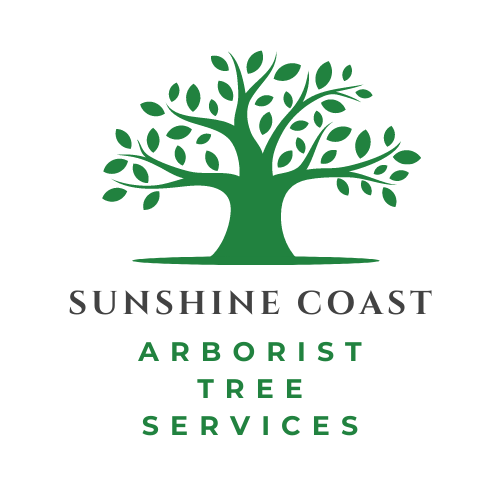How to Spot and Avoid Sun Scald and Winter Burn
Winter in Minnesota presents numerous challenges to trees and shrubs. Extreme cold, dry winds, and even the sun Bright, sunny days can be just as dangerous to some plants as rain. The most common problems we see later in the winter are sun scald and winter burn. Both of these issues are best addressed with an ounce of prevention, as there is little we can do once the damage has occurred.
Sun Scald Explanation
Sun scald is caused by solar heating on the trunks of trees, particularly on the southwest side. Consider it similar to sunburn on the trunk: the sun heats up the bark with direct sunlight and reflected light from nearby snow, windows, or light-colored surfaces. This heating causes the bark to warm above freezing, causing it to awaken and break dormancy. The process of bark hardening and dormancy is slow and cannot occur in time for the inevitable re-freeze that occurs the following evening. The newly awakened bark cells freeze and rupture, resulting in a sunken area of dead bark.
The tree will attempt to seal over the damaged area from the still-alive edges the following spring. The photo above depicts woundwood growing from the edges in an attempt to cover the wound. If the wound is small and the tree can seal it quickly, it may be hidden and never cause another problem. More likely, a frost crack will form, or the tree will struggle to move enough water, nutrients, and photosynthates, and will begin to decline.
Sun Scald Prevention
The best way to avoid sun scald is to keep the sun from heating up the bark to the point of breaking dormancy, and there are several ways to do so. The most common method is to wrap the trunk in white paper to reflect light away from it. The wrap should be applied after the leaves have fallen in the fall and removed in the spring when the buds begin to open. To avoid the hassle of wrapping and unwrapping every winter, orchards and other areas where trees are grown as a crop rather than for aesthetic reasons will frequently simply paint the trunks white. Another inventive idea is to plant something near the trunk of a tree to provide winter shade.
Winter Burn Explanation
The warm, late winter sun can also cause winter burn or winter desiccation in evergreens (drying out). The sun, like it does with sun scald, can warm up the leaves or needles of evergreens to the point where they begin to photosynthesize. In basic plant biology, leaves use water, nutrients, CO2, and sunlight to produce food. If the roots are unable to absorb water from the frozen ground, the system fails. As photosynthesizing continues, the needles/leaves begin to dry out (desiccate), which can result in browning and needle/leaf death. The wind also plays a role, as a dry breeze causes the leaves to dry out even faster.
Winter Burn Prevention
To deal with the risk of winter burn, some plants have adapted by withdrawing chlorophyll into brown branches during the winter to prevent photosynthesizing entirely. As the other pigments (anthocyanins and carotenoids) remain in place, the needles or leaves often take on a purplish color. The small volunteer junipers that sprout up along fence lines in the Great Plains are a great example of this; their rusty purple color is easily visible from highways in Nebraska and Kansas.
We must provide some protection for plants that lack this adaptation. Wrapping them in burlap can help to block the wind and reduce the amount of sunlight that hits the leaves. Burlap should be applied in the fall and removed in the spring, just like trunk wrapping for sun scald. Planting more hardy varieties or placing sensitive plants in sheltered areas is the best prevention.
No tree problem is ever completely avoidable, but sun scald and winter burn can both be significantly reduced with minimal effort. Vineland’s ISA Certified Arborists and ISA Board Certified Master Arborists can offer advice and planning to help mitigate the damage caused by our winters. If you require hands-on assistance, we would be happy to refer you to one of our reliable landscape maintenance partners.

